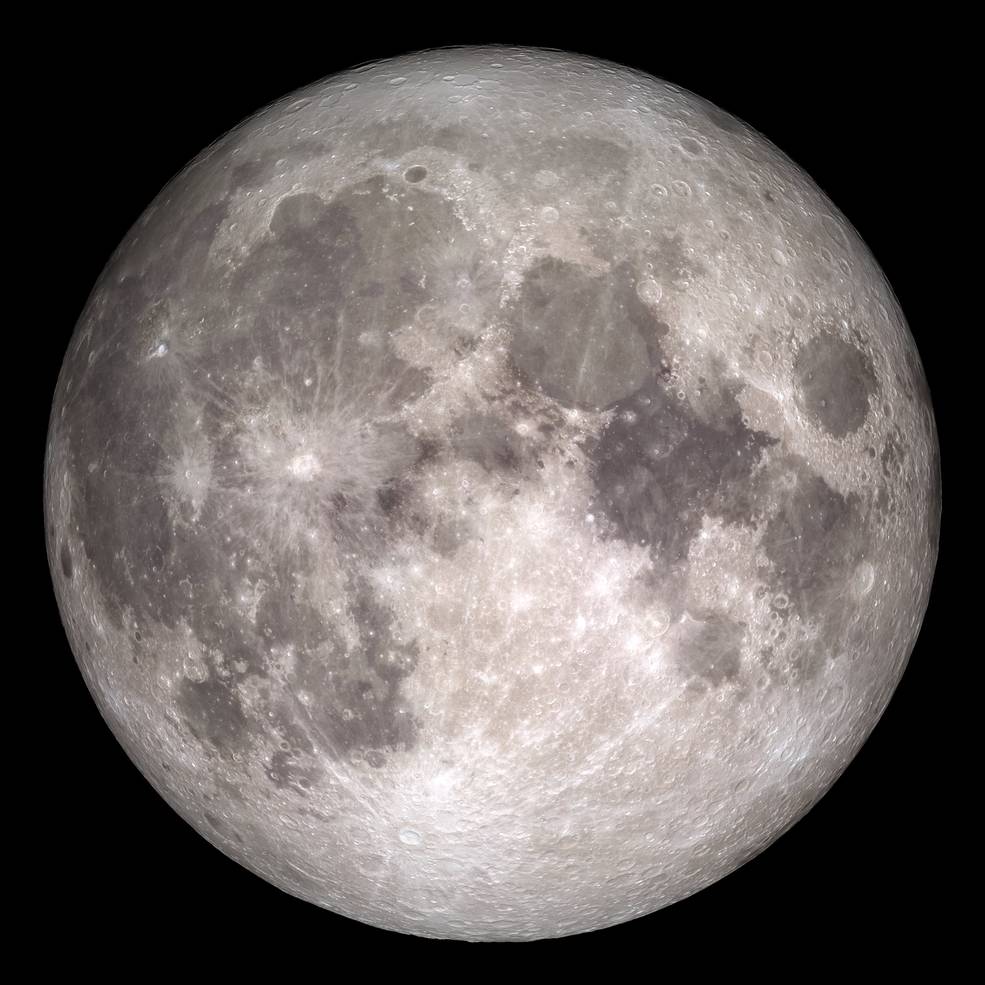The current leading theory for the creation of our moon is that one massive object collided with the Earth and pushed a bunch of debris into space. That debris orbited the Earth and eventually formed into the moon we know today. The object behind that impact was a planet-sized asteroid named Theia.
That Lunar origin is being challenged by a new study. Published in the journal Nature Geoscience, the authors propose, instead, that the moon was formed after multiple, successive Earth impacts. The resulting “moonlets” fired off into space around our planet and eventually merged into the single moon we have today.
The study starts with an introduction that sums up the hypothesis well.
The hypothesis of lunar origin by a single giant impact can explain some aspects of the Earth–Moon system. However, it is difficult to reconcile giant-impact models with the compositional similarity of the Earth and Moon without violating angular momentum constraints. Furthermore, successful giant-impact scenarios require very specific conditions such that they have a low probability of occurring. Here we present numerical simulations suggesting that the Moon could instead be the product of a succession of a variety of smaller collisions. In this scenario, each collision forms a debris disk around the proto-Earth that then accretes to form a moonlet. The moonlets tidally advance outward, and may coalesce to form the Moon. We find that sub-lunar moonlets are a common result of impacts expected onto the proto-Earth in the early Solar System and find that theplanetary rotation is limited by impact angular momentum drain. We conclude that, assuming efficient merger of moonlets, amultiple-impact scenario can account for the formation of the Earth–Moon system with its present properties.
The study suggests the previous single impact theory was flawed because the moon itself has such a similar composition to the Earth. Instead, multiple impacts over time would eject more Earth into space to dilute the interstellar rock materials that hit our planet.
It’s all pretty fascinating.














